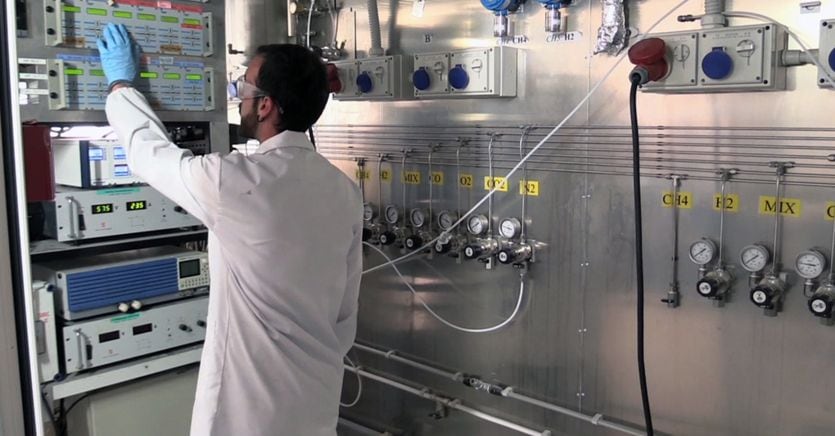The goal is to use green hydrogen in the industrial sector. The starting point of this challenge that aims to produce it at less than 2 euros per kilo is the combination of concentrated solar heat and electricity produced by photovoltaic or wind. In between is the construction, in Italy, of a prototype of a 25 kWe solid oxide electrolyser capable of producing 15 kilos of hydrogen per day, which will later be validated in Spain in a photovoltaic system.
This is what the Prometeo project foresees, which will last 42 months and unites research centers and companies and benefits from an investment of 2.7 million euros, 2.5 million of which financed by the European Union through the public-private program FCH JU , (Fuel Cells and Hydrogen Joint Undertaking).
Loading…
The integration of the prototype with renewable sources will be dealt with by Enea (which is also the coordinator of the project), the Bruno Kessler Foundation (Fbk), the Spanish Imdea Energy and the Swiss research institute Epfl. The Italian-Swiss Solidpower will supply electrolysers and the thermo-regulation system, the Italian group Maire Tecnimont will be in charge of the prototype engineering and commissioning of the plant through two of its subsidiaries, the Italian NextChem and the Dutch Stamicarbon.
Potential users of the technology will also play a fundamental role in the development of end applications: Snam for the injection of green hydrogen into the gas network, the Spanish Capital Energy for the chemical storage of renewable electricity and the Dutch Stamicarbon for possible uses. in the chemical industry.
“The heart of the challenge – as Alberto Giaconia, Enea researcher and project coordinator points out – is to guarantee continuity in the production of hydrogen from electrolysis even when renewable energy from solar sources is not available due to intermittency or in periods when it is it is convenient to use it, such as in production surpluses; this will allow us to be highly competitive in terms of costs ».
